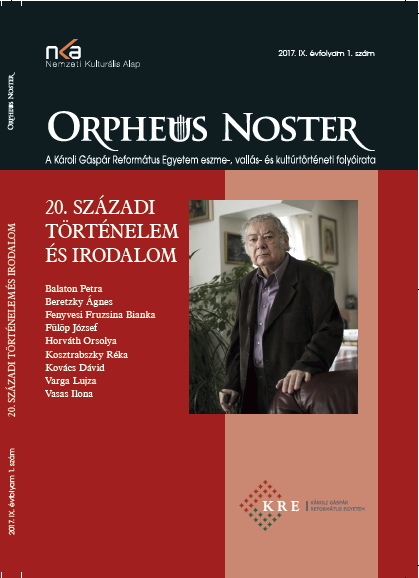A háziipar „felfedezése” és jelentősége Székelyföldön a 19–20. század fordulóján
The “Discovery” and the Importance of Home Industry in Szeklerland at the Turn of the 20th Century
Author(s): Petra BalatonSubject(s): History, Recent History (1900 till today)
Published by: Károli Gáspár Református Egyetem
Keywords: home industry; folk art; Hungary; Szeklerland
Summary/Abstract: Home industry and folk art were discovered in Hungary as a result of the development of capitalism and modernisation. The effect of these processes on ordinary communities was realised by politicians and artists, who emphasised the valuable role home industry played in preserving villages, especially in decreasing migration away from agrarian society. Home industry was especially suitable for improving the living conditions in Szeklerland, where traditional husbandry had been the norm, and which had undergone a serious social decline in the 1890s. This study introduces the governmental developments at the end of the 19th and the beginning of the 20th centuries, as well as the importance of the home industry, which grew into a profitable folk industry that outstripped the original function to supply the family with necessary items. By the 1910s, about 30,000 families worked in home industry. Popular branches that had possibilities for development were the clay, stone and cooper industries; the production of household objects; weaving of carpets, blankets, baize, cotton and table cloths; embroidery; and weaving baskets, sedge and straw.
Journal: Orpheus Noster. A KRE Eszme-, Kultúr-, és Vallástörténeti Folyóirata
- Issue Year: IX/2017
- Issue No: 1
- Page Range: 7-19
- Page Count: 13
- Language: Hungarian

